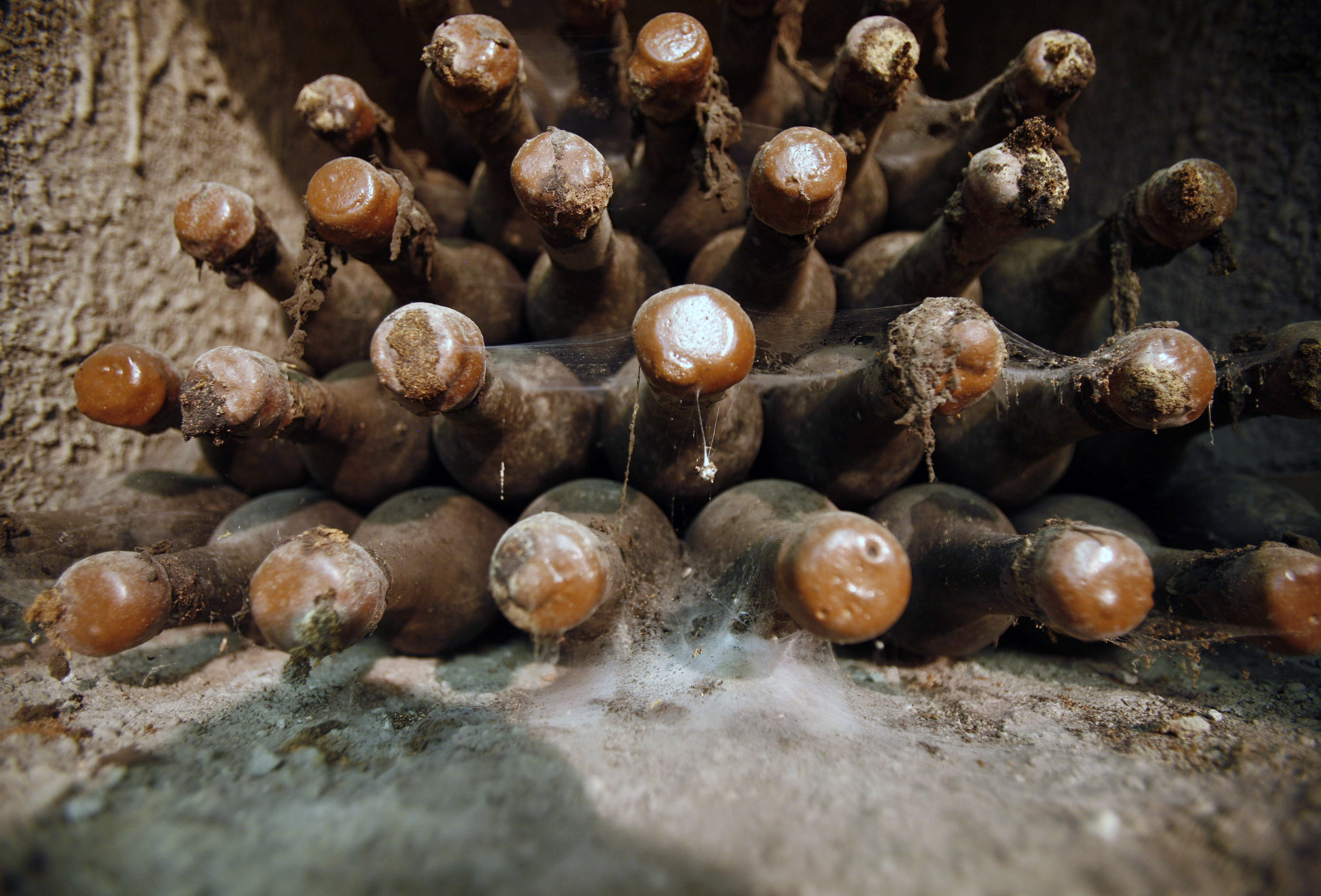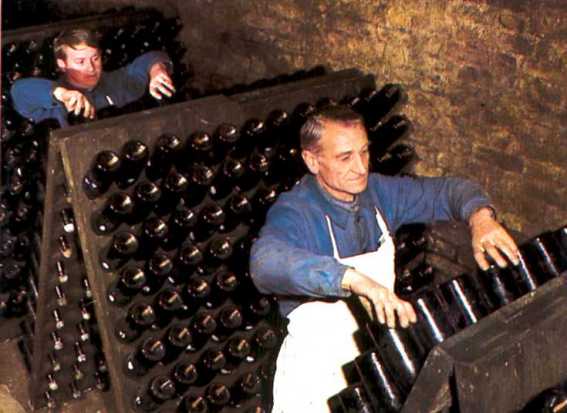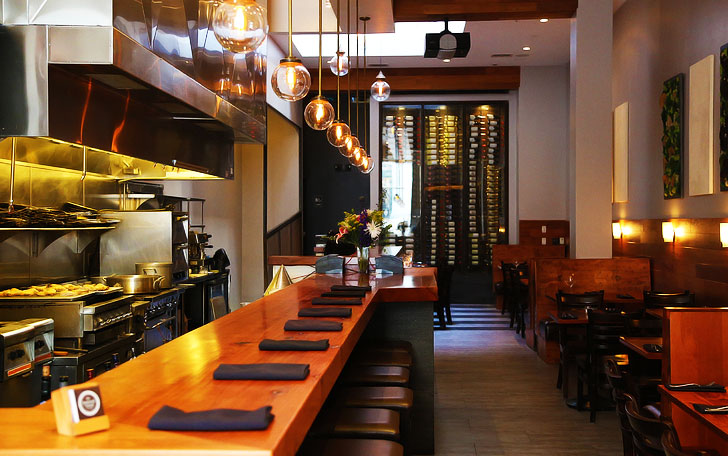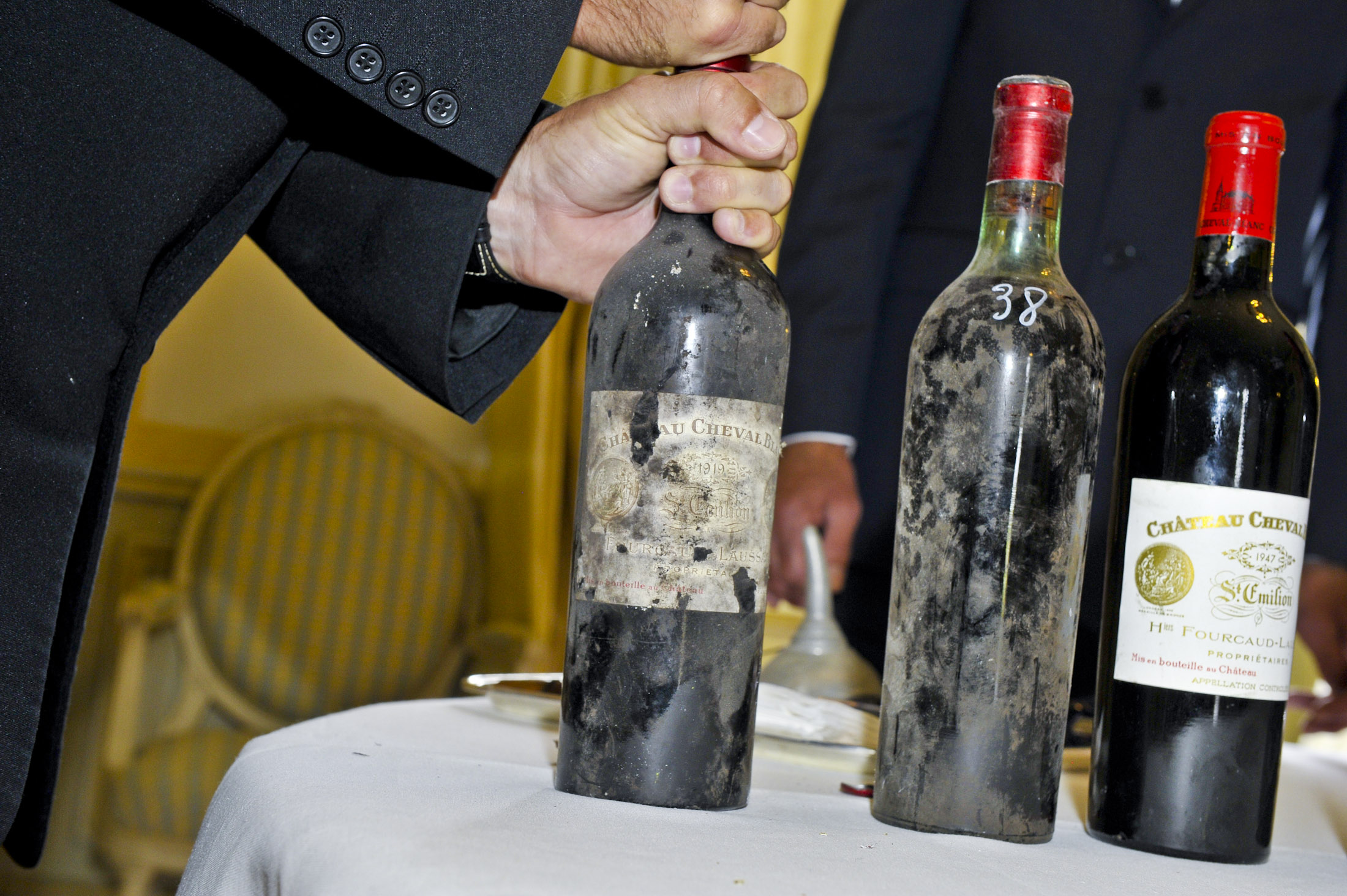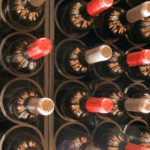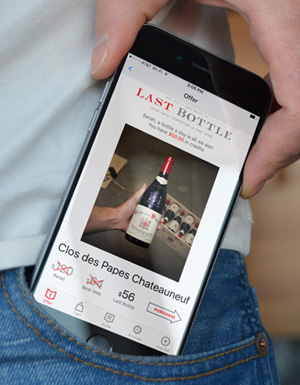Some things do not get better with age. Milk and tuna casserole. Ernest Goes to Camp movies. But wine is different. Aged wine can offer a profound tasting experience. But for the casual wine drinker, some questions might arise. What type of wine do you choose to stow away, and how do you store it properly? Do you need to spend big to get an age worthy wine? When exactly is the right time to pop the cork? And most importantly: what happens when wine ages???
The average consumer wants something immediately enjoyable, not with a drinking window a decade away. But if you’re inclined, and you have a bit of space, you should absolutely stash a few bottles as an experiment to see how they change over time.
What does wine need to age well?
A few basic components can help.
Acidity is one. Higher acid levels help preserve wine. That’s why some varietals like Barolo and Brunello or Riesling and Chenin Blanc do so well.
Tannins also give a wine staying power, particularly for red wines because they’re macerated with skins, which lends more tannins. Tannins are part of a larger category of phenolics in wine. Phenolics include chemicals that affect the taste, color and mouthfeel. Wines like Cabernet, Syrah and Nebbiolo have comparatively higher levels of phenolics and tannins.
In addition to acidity and tannins, a number of other factors come into play. The vintage, grape type, storage conditions and sugar levels all come into play.
How does aging affect wine?
A lot can happen. Flavors change, colors lighten, textures soften. It really depends on the wine.
Take Barolo for example. Upon release the fruit flavors may be restrained, tannins gritty and abrasive, the oak too pronounced. In short, unbalanced and disjointed.
After a few years the oak starts to blend in better, the fruit takes form, and the tannins soften. Another decade goes by and the tannins have all but dissipated, the fruit has turned from fresh and bright to a bit more stewed, and new savory flavors of earth, mushroom, leather and spice hop into the front seat. The once bright garnet color takes on a lighter hue; Barolo in particular shows a distinct brick orange tint after a few years.
Whether or not you like a wine with 10+ years age largely depends on your own subjective tastes. Eventually, the wine will turn a corner, the fruit will all but disappear, structure will fall apart and the wine remains a shadow of its former self.

Three bottles of Sauternes show just how dramatically the color can change over time, from bright yellow to gold, to a syrupy brown. The darker color comes from oxidation over time.
You might think white wines don’t age as well as reds. In a sense, that’s true. However, whites with high acidity like Semillon, Chenin Blanc, Sancerre, White Burgundy and Riesling can all age extremely well, even quite a bit longer than reds.
Unlike red wine, which loses its color, white wines with age darken, turning from bright yellow to a deeper gold due to oxidation, or even brownish tint. Fresh fruit flavors turn honeyed, and a pronounced nuttiness often emerges.
How long can some wines age?
Riesling (2-30 years)
You might be surprised to learn Riesling is one of the most capable white wines for aging. The high acidity and sugar content makes an exceptional foundation to develop over many years. Even a cheap $15 bottle, if it has enough acidity, can make a worthy addition to a long term collection.
Chenin Blanc (4-30 years)
Vouvray in particular is the best choice, especially one with a little sweetness paired with high acidity. Some bottles could probably remain drinkable for your entire lifetime (Savenierres for example), especially the demi-sec and moelleux bottlings.
Cabernet Sauvignon (5-50 years)
Nothing seems to get as much reverence as an old Bordeaux from a great vintage. Same goes for some esteemed Napa Cabs like Ridge, Heitz, Corison, Dunn and Diamond Creek to name just a few.
Pinot Noir (5-15+ years)
Great Burgundy almost needs a minimum aging requirement to hit full potential. Many can go decades before heading downhill. Some Californian Pinot can also go the distance but that largely depends on their acidity levels.
Nebbiolo (5-20+ years)
Barolo and Barbaresco are almost undrinkable when young thanks to their immense tannin structure. However that’s what contributes to their ability to develop over many years.
Rioja (10-20+ years)
A Gran Reserva Rioja, built with a sturdy backbone of Tempranillo, and aged for five years in bottle and barrel, can easily last for decades. Both Reserva and Gran Reserva wines make for some of the best values when looking for a wine that can age for a long time.
Of course this is just a sampling and there’s no hard and fast rule governing how long any particular wine will last.
Other wines worth a look. Verdicchio, particularly the riservas, make for an interesting white wine that ages well, often showing their best side 5-10 years after bottling. It’s also quite affordable, making it an ideal choice if you want to buy six bottles and experiment with letting them sit for a while. Sauternes and other sweet dessert wines can last a lifetime. Petit Sirah, with it’s hefty tannic backbone, can stand the test of time.
Enemies of aging
Certain outside influences also affect how long a wine remains drinkable.
Sunlight can stir up free radicals in the wine, causing premature oxidation. So don’t leave your wine on the windowsill and expect it to change for the better.
Temperature is important and should remain around 55 degrees. Higher temperatures will cook the wine, and even cause the cork to push out from the neck of the bottle (that’s why we hold shipments in hot weather). Having proper storage, usually a wine fridge, is crucial if you’re stashing wine away for a time.
Finally there’s impatience. It’s not easy to stare at a delicious bottle for a decade or more. In today’s world of instant gratification, restraint is key.
Just remember 90% or more of the wines you see on the supermarket shelf will not improve over time. If you do decide to keep that box wine for a couple years, please let us know how it turns out.

